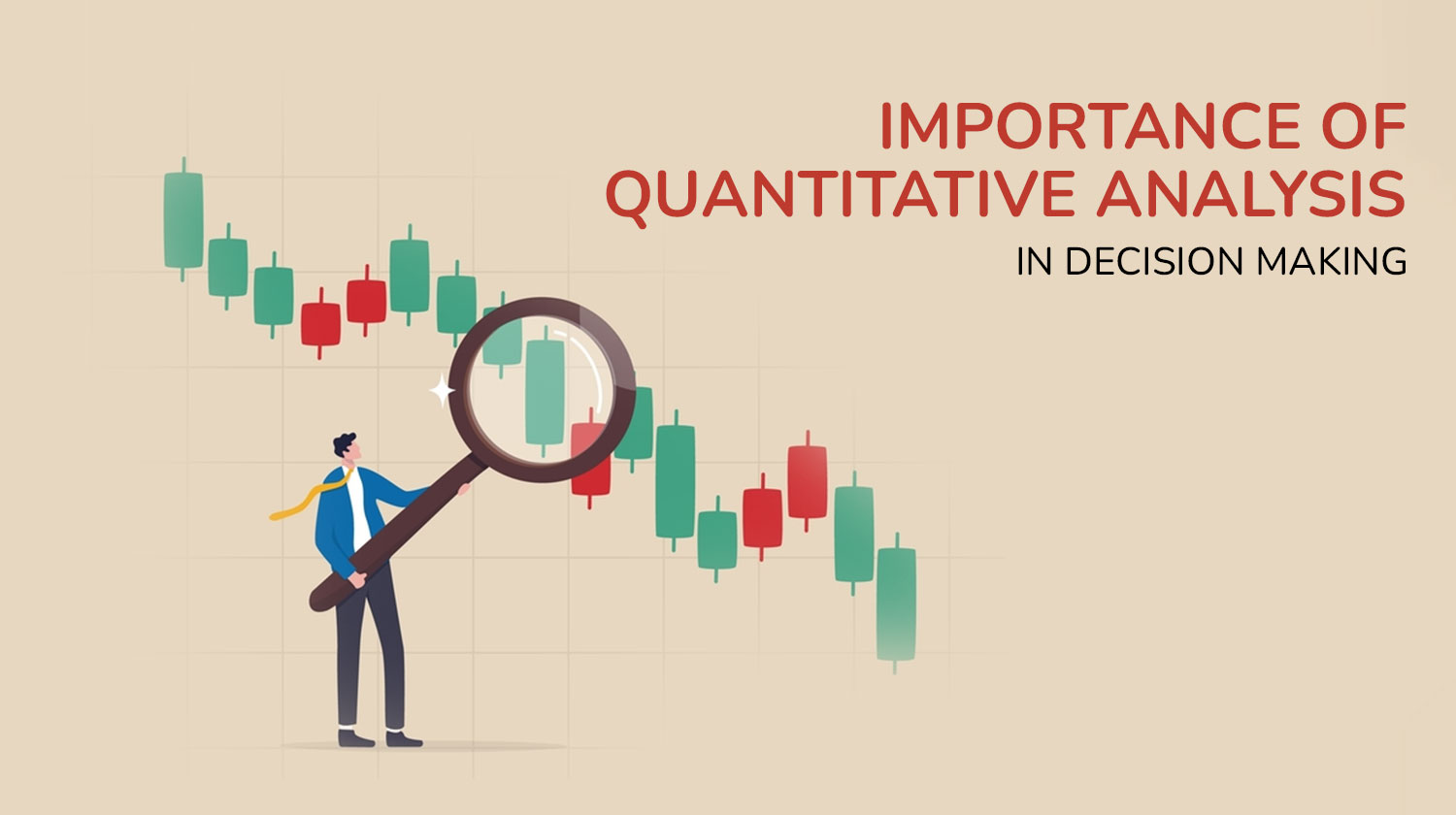
Data is the fuel that powers modern-day businesses. It provides insight into everything from customer behaviour to operational efficiency and can be used to make informed decisions that drive success. But with so much information at your fingertips, it can be difficult to know where to start. That’s where quantitative analysis comes in. In this article, I will introduce you to the world of quantitative analysis, its importance in decision-making, the types of analysis, the steps involved, the tools and techniques used, and how to master it.
What is Quantitative Analysis?
Quantitative analysis is a systematic approach to gathering and interpreting numerical data. It involves the use of mathematical and statistical models to extract insights and draw conclusions from large datasets. Essentially, it is the process of turning raw data into meaningful information that can be used to make decisions.
The Beneficial Effect of Quantitative Analysis on Making Decisions
Quantitative analysis is crucial in decision-making because it provides a solid foundation for decision-making. It reduces the risk of making decisions based on assumptions or intuition and instead provides factual evidence that can be used to make informed decisions. It allows businesses to identify trends, patterns, and anomalies in their data, which can be used to improve their operations, products, and services.
Types of Quantitative Analysis
Quantitative analysis can be broadly classified into two categories: descriptive statistics and inferential statistics.
Descriptive Statistics
Descriptive statistics is the process of summarizing and describing the characteristics of a dataset. It involves the use of measures such as mean, median, and mode to describe the central tendency of the data, and measures such as standard deviation and variance to describe the spread of the data.
Inferential Statistics
Using a sample of data to draw conclusions about a wider population is known as inferential statistics. It involves the use of hypothesis testing and confidence intervals to test the validity of assumptions and draw conclusions about the population.
Steps in the Quantitative Analysis Process
The quantitative analysis process can be broken down into several steps:
Step 1: Define the Problem
The first step in the quantitative analysis process is to define the problem you want to solve. This involves identifying the variables you want to measure and the questions you want to answer.
Step 2: Collect Data
The next step is to collect the data you need to answer your questions. This can involve gathering data from a variety of sources, including surveys, experiments, and observational studies.
Step 3: Analyze the Data
The following stage is to analyse your data after you have collected it. This can involve applying statistical tests and models to identify patterns and relationships in the data.
Step 4: Interpret the Results
The fourth step is to interpret the results of your analysis. This involves drawing conclusions from the data and using the insights gained to inform decision-making.
Step 5: Communicate the Results
This can involve creating reports, presentations, or visualizations that are tailored to the needs of your audience.
Quantitative Analysis Tools
There are a variety of tools available for conducting quantitative analysis. The following are some of the most popular tools:
Microsoft Excel
Microsoft Excel is a powerful tool for conducting quantitative analysis. It includes a variety of functions and features that make it easy to manipulate and analyze data.
SPSS
SPSS is a statistical software package that is widely used in academia and industry. It includes a variety of tools for data analysis, including descriptive statistics, inferential statistics, and data visualization.
R
For statistical computing and graphics, R is a programming language and software environment. It is frequently used for data analysis and visualisation in both academia and business.
Quantitative Analysis Techniques
There are a variety of techniques that can be used in quantitative analysis. Here are some of the most popular methods:
Regression Analysis
A statistical method for determining relationships between variables is regression analysis. It involves fitting a line to a set of data points and using that line to make predictions about the relationship between the variables.
Time Series Analysis
Data that has been gathered over time can be analysed using a statistical technique called time series analysis. It involves identifying patterns and trends in the data, as well as forecasting future values.
Applications of Quantitative Analysis in Various Industries
Quantitative analysis has broad applications across a variety of industries. Here are a few examples:
Finance
In finance, quantitative analysis is used to identify investment opportunities and manage risk. It is used to analyze financial data, such as stock prices and interest rates, and make informed decisions about investments.
Healthcare
In healthcare, quantitative analysis is used to identify patterns and trends in patient data, as well as to analyze the effectiveness of treatments and interventions.
Marketing
In marketing, quantitative analysis is used to identify consumer trends and preferences, as well as to evaluate the effectiveness of marketing campaigns.
Conclusion
Quantitative analysis is a powerful tool for extracting insights from data and making informed decisions. By mastering quantitative analysis, you can gain a competitive advantage in your industry and drive success for your business.








